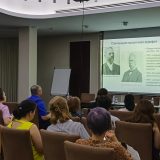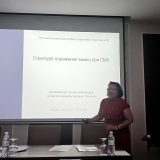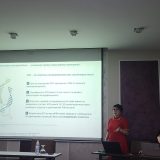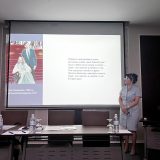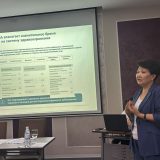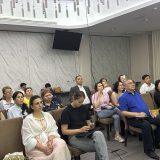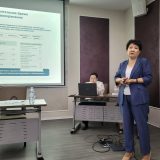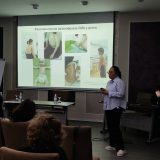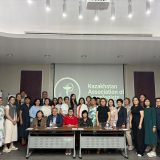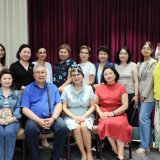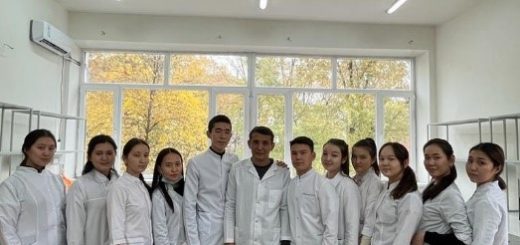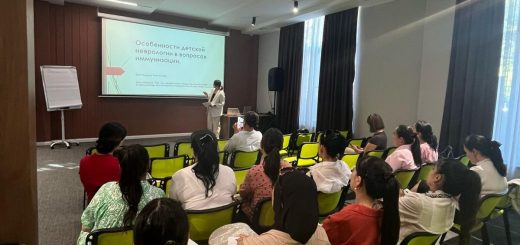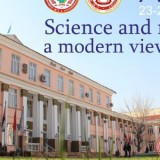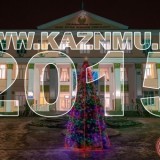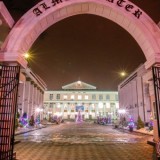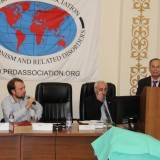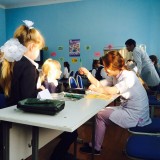Spinal Muscular Atrophy in Adolescents and Adults in the Republic of Kazakhstan
The Department of Nervous Diseases of Asfendiyarov Kazakh National Medical University continues its series of educational events for healthcare practitioners, dedicated to the 95th anniversary of our esteemed university named after S.D. Asfendiyarov and the 90th anniversary of the memory of Professor S.K. Kaishibayev.
On June 12–13, an educational seminar was held as part of the implementation of the cascade method of training healthcare specialists within the framework of the Roadmap for Improving Medical Neurological Care for the Adult Population of the Ministry of Health of the Republic of Kazakhstan for 2025–2027, No. 03324 dated January 23, 2025. The event was supported by the “Association of Neurologists” of the Republic of Kazakhstan and the Institute of Continuing Professional Education of KazNMU named after S.D. Asfendiyarov.
Spinal muscular atrophies (SMA) include several types of hereditary diseases characterized by damage to skeletal muscles due to progressive degeneration of the anterior horn neurons of the spinal cord and motor nuclei of the brainstem. The manifestations may begin in infancy or childhood; however, there are forms with onset in adulthood (30–60 years) featuring slowly progressive weakness and atrophy primarily of the proximal muscles. Diagnosis is established by genetic testing. The disease is progressive, while the intelligence of SMA patients remains fully preserved.
The seminar was conducted by the Head of the Department of Nervous Diseases of KazNMU named after S.D. Asfendiyarov, Turuspekova S.T., Professor of the Department of Nervous Diseases Mukhambetova G.A., Associate Professor Nurzhanova R.B., Head of the Department of Neurology , Psychiatry, Neurorehabilitation, and Neurosurgery of South Kazakhstan Medical Academy Zharkynbekova N.A., and Senior Lecturer of the Department of Neurology of KRMU Myrzaliyeva B.D.
The seminar covered topics such as the epidemiology and diagnosis of SMA, common misdiagnoses under which SMA cases may be hidden, pathogenetic therapy, the latest data and approaches to determining treatment response, the role of the route of administration in therapy selection, intrathecal delivery methods, therapy continuity, and the multidisciplinary approach to improving treatment outcomes.
Clinical cases were also presented for joint analysis, along with video and photo materials from the personal archives of the speakers. Practical skills in functional assessment of SMA patients were practiced using standardized scales such as RULM, HFMSE, and 6MWT, with a real patient demonstration, for which prior consent was obtained to participate in the seminar.
A total of 25 neurologists from various regions of the country – Kokshetau, Astana, Kostanay, Kyzylorda, Shymkent, Zhetysu, Aktobe, Taraz, Semey, Shu, Petropavlovsk, and Almaty – were trained at the seminar. The participants highly appreciated the professionalism and expertise of the lecturers!



